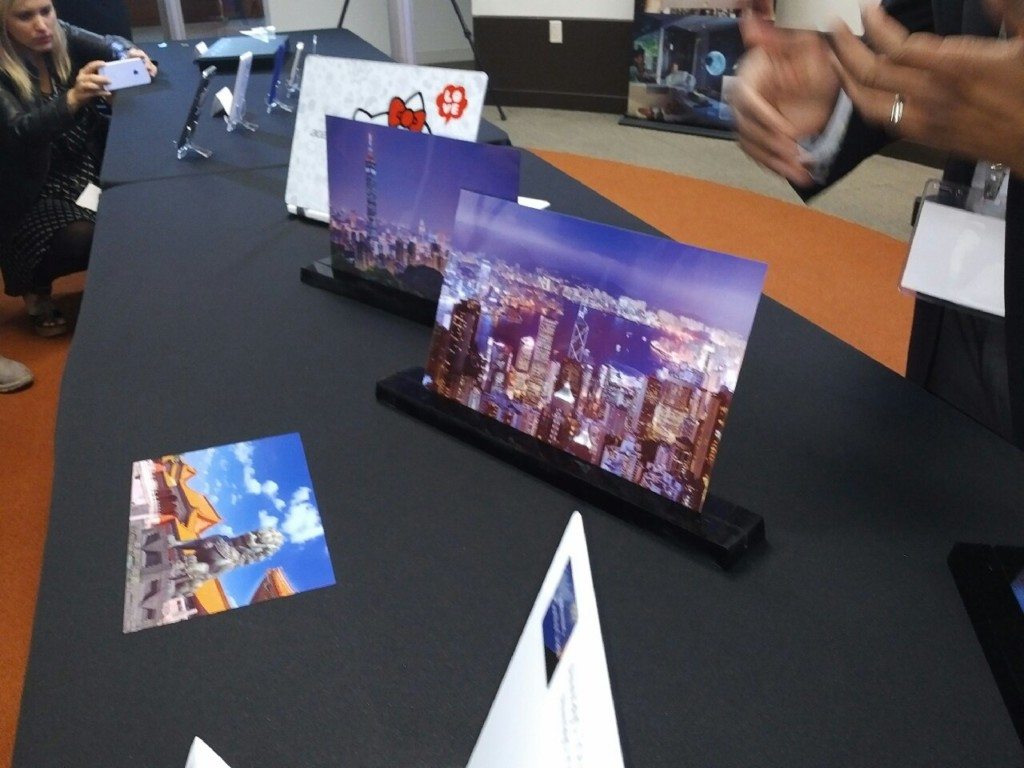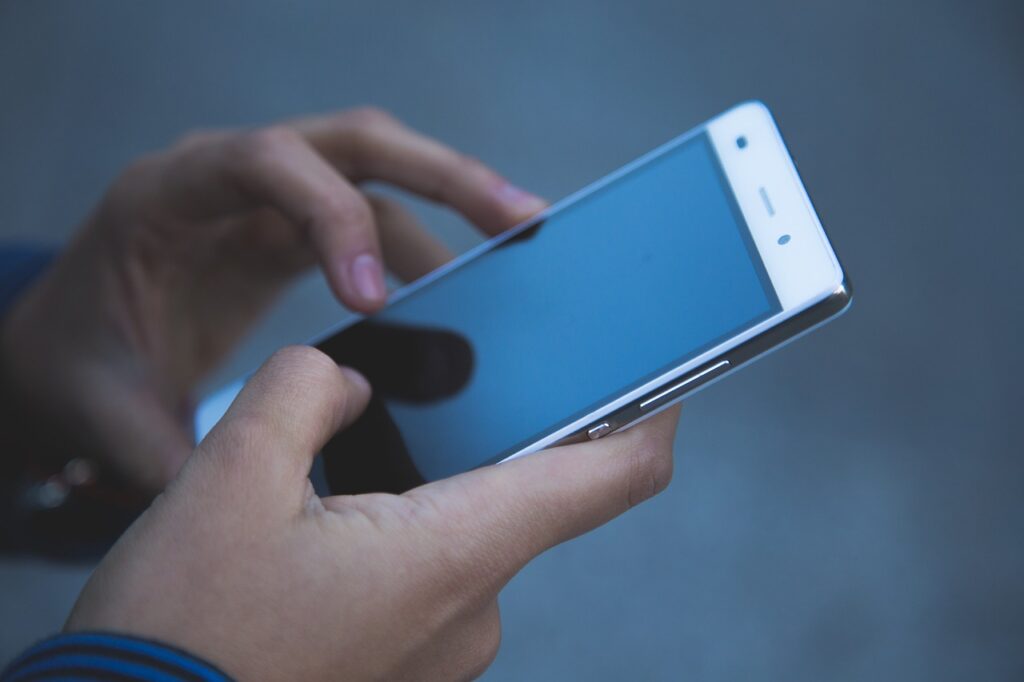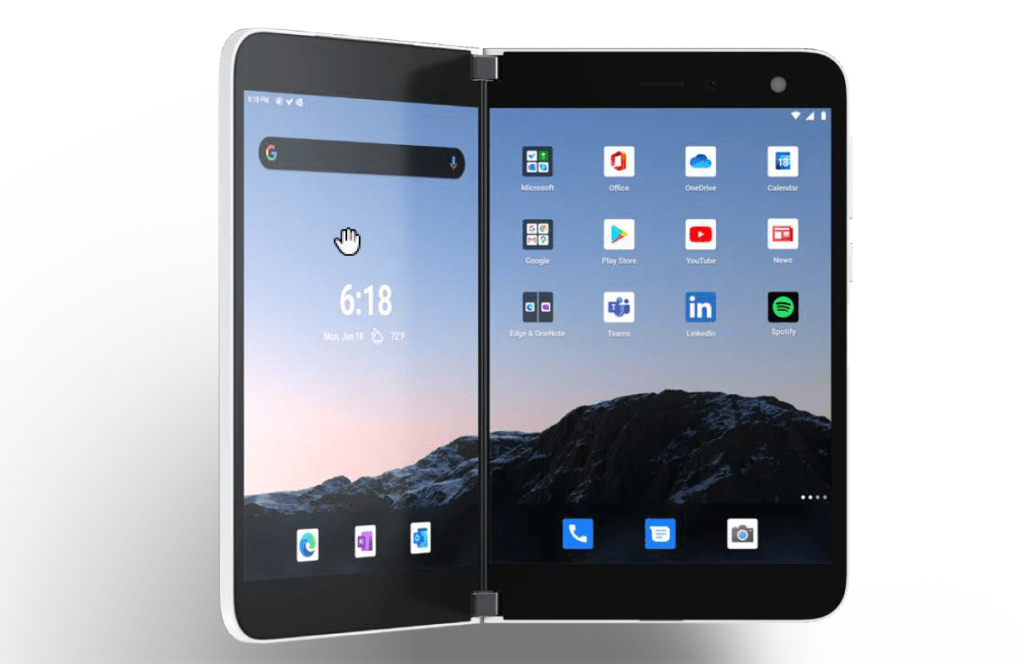Gorilla Glass 5 launched this week. With every version of Gorilla Glass this product becomes nearly twice as hard to break as the prior version. Given the glass only accounts for around one percent of the overall cost of the phone—according to Corning—and we all have likely experienced the sudden shock of a broken screen resulting in either needing a new phone or screen (and losing the use of our phone in the meantime), it might be worth waiting to buy that new smartphone until the second half of the year when phones using this new Gorilla Glass show up.
I spent the day at Corning this week and it was an eye-opening experience. It kind of had to be—I was running on very little sleep.
Gorilla Glass vs. Sapphire vs. Others (Dragon Glass)
A few years back Sapphire was all the rage and it was going to take Gorilla Glass out of the market. That didn’t actually happen because while Sapphire does resist scratches better, it is a crystal—making it very brittle, and it is wicked expensive to make with acceptable quality at large sizes. This is why you do see it in watches but don’t see it in phones. Glass does flex at least a little and we all put our phones in our back pockets and forget from time to time. Feeling that snap when the screen lets go when we sit down isn’t playful or fun—it’s expensive. (By the way, apparently Corning has a hybrid product coming for watches that has hardness approaching Sapphire but without the downside of crystal).
But there has been pressure on Corning from a product out of China called Dragon Glass. Corning didn’t call this brand out by name, but it clearly wanted to make the point that all hardened glass isn’t created equal. Corning’s patented process is unique and results in a far more durable product. Corning allowed us to tour the testing lab where they showed screen after screen and device after device using this lesser—and undoubtedly cheaper—screen material failing in test after test, followed by largely earlier versions of Gorilla Glass not nearly as strong as this new Generation 5 product which was unbreakable. Corning did disclose that from time to time it does break but at a far lower frequency, and also showcased that this advantage was particularly pronounced the thinner the glass was.
For some reason smartphone OEMs want to make their phones as thin as possible and while I’m not sure that is smart because we are losing utility—especially battery life—I have to admit the result is attractive.
Gorilla Glass in Cars
One of the interesting aspects of Gorilla Glass that is new is that it is being increasingly put in cars. This speaks better about this idea of it being strong while thin than I think the thin phone concept does. In this case it removes a lot of weight particularly in vehicles like the Tesla X (which doesn’t yet use it) which has a ton of glass—and for an electric vehicle increased weight cuts down on battery life. Currently it is only used in a few super cars because car companies in that class are willing to pay almost anything to lose an ounce. But, I expect, this will be far more common, particularly in electric cars once they become more mainstream because range is a huge differentiator in that segment.
I’d watched “London Has Fallen” prior to going to Corning and in that movie the heroes were escaping in a bullet proof car, which eventually got filled with bullets. It struck me that currently bulletproof glass is incredibly thick and heavy and with concerns about getting shot are at an all-time high. I wonder if, at some future date, we’ll have a bullet-proof option. If we do I’ll bet it comes from Corning.
Wrapping Up
There is nothing like breaking a phone to ruin your day. With every version of Gorilla Glass this becomes more and more remote. The latest version, Gorilla Glass 5, will be showing up in phones in the second half of the year. If you are in the market for a phone and aren’t in the 15 percent of people who don’t drop them, you might want to wait until that generation ships. It could make the difference between dropping your phone and having a heart attack and dropping your phone and thanking Corning.
By the way, Corning showcased one unique use for the glass. Printing a picture on it that you could then attach to something like a laptop lid to create a rich durable custom finish. The showcase product was a laptop and, I expect, that’ll be an option at some point. I could see putting a picture of one of my cars on my laptop lid.
Now if they’d only build windshields for the cars I have, I am so sick of having to buy new windshields.



